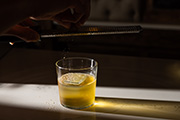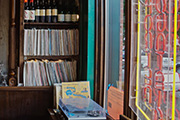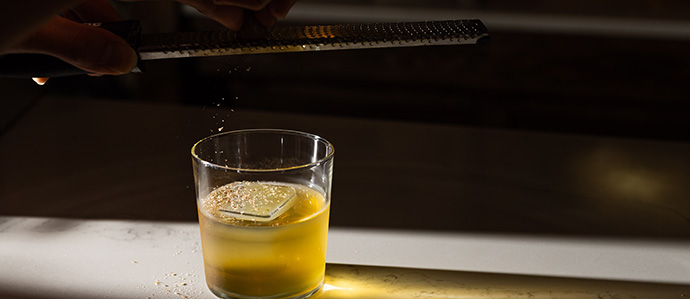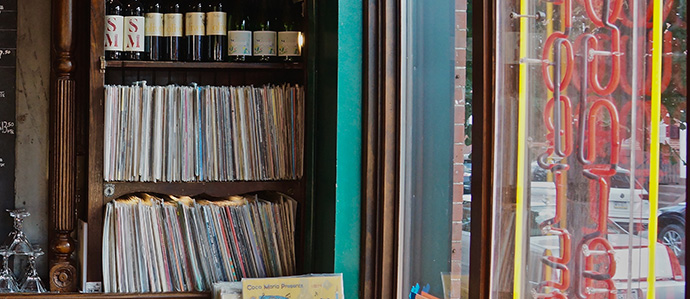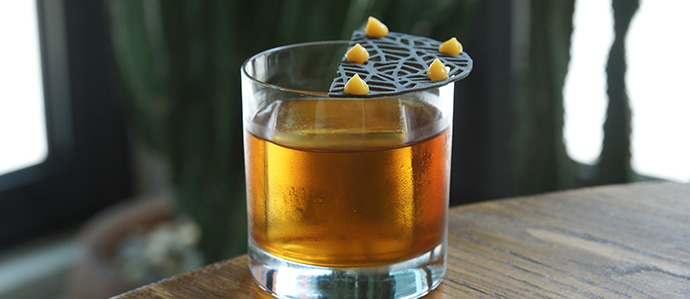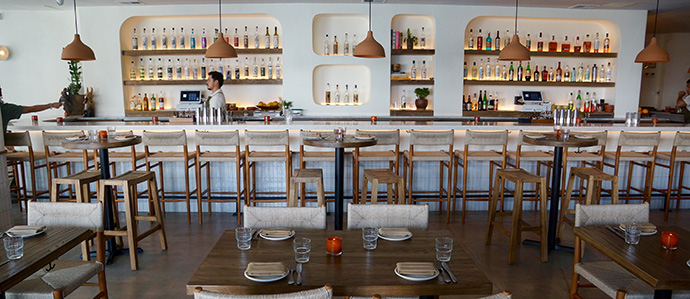What's Up With Sake Cups? A Primer for National Sake Day
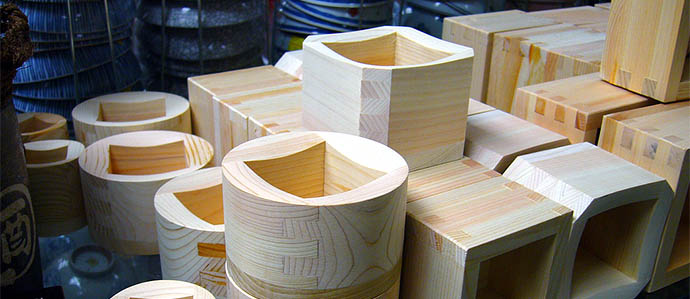
October 1 is National Sake Day (Nihonshu no Hi) in Japan. While most people know what sake is, this Japanese beverage still contains some mystery for American drinkers. Often referred to as rice wine, sake is actually brewed — more like a beer. Before unraveling how sake is made, let’s discuss what to drink sake out of.
There are three common styles of cups: the wooden square box, the ceramic cup and the glass vessel. The delicate glass tokkuri is used for chilled sake. The ceramic cups are designed for hot sake, so will either be very thick or be footed to ensure comfortable handling.
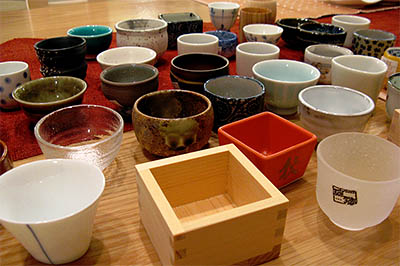 The box (called masu) was originally used as a measuring cup for rice, and is often used at festivals. It’s not recommended that delicate sake be served in these uncoated boxes, as the fragrant hinoki wood can impart or mask flavor. This is why you might see more expensive sake served in a lacquer-coated masu, or even a plastic box. Another note: if you’ve experienced sake being poured to overflow the box, this is not the work of an incompetent server, but a gesture of prosperity and goodwill.
The box (called masu) was originally used as a measuring cup for rice, and is often used at festivals. It’s not recommended that delicate sake be served in these uncoated boxes, as the fragrant hinoki wood can impart or mask flavor. This is why you might see more expensive sake served in a lacquer-coated masu, or even a plastic box. Another note: if you’ve experienced sake being poured to overflow the box, this is not the work of an incompetent server, but a gesture of prosperity and goodwill.
Sake cups are undeniably cute, but why are they so small? One theory is the size is made in opposition to the high alcohol content of the spirit, which can be up to 20%. Another theory is more social. When pouring sake for a friend (and tradition states you must always pour for your companion and never for yourself) the sake receiver must protest while the sake bearer must insist. This insistence/resistance is part of the experience, and the tiny cup size allows this interaction to repeat itself over and over.
So, to celebrate National Sake Day, hold out your glass, cup, or box — all the while protesting you’ve had enough — and pour for your companion while insisting they have one more. Kampai.
Top photo via Flickr user Eric Hunt; bottom photo via Flickr user Justin Mclean







